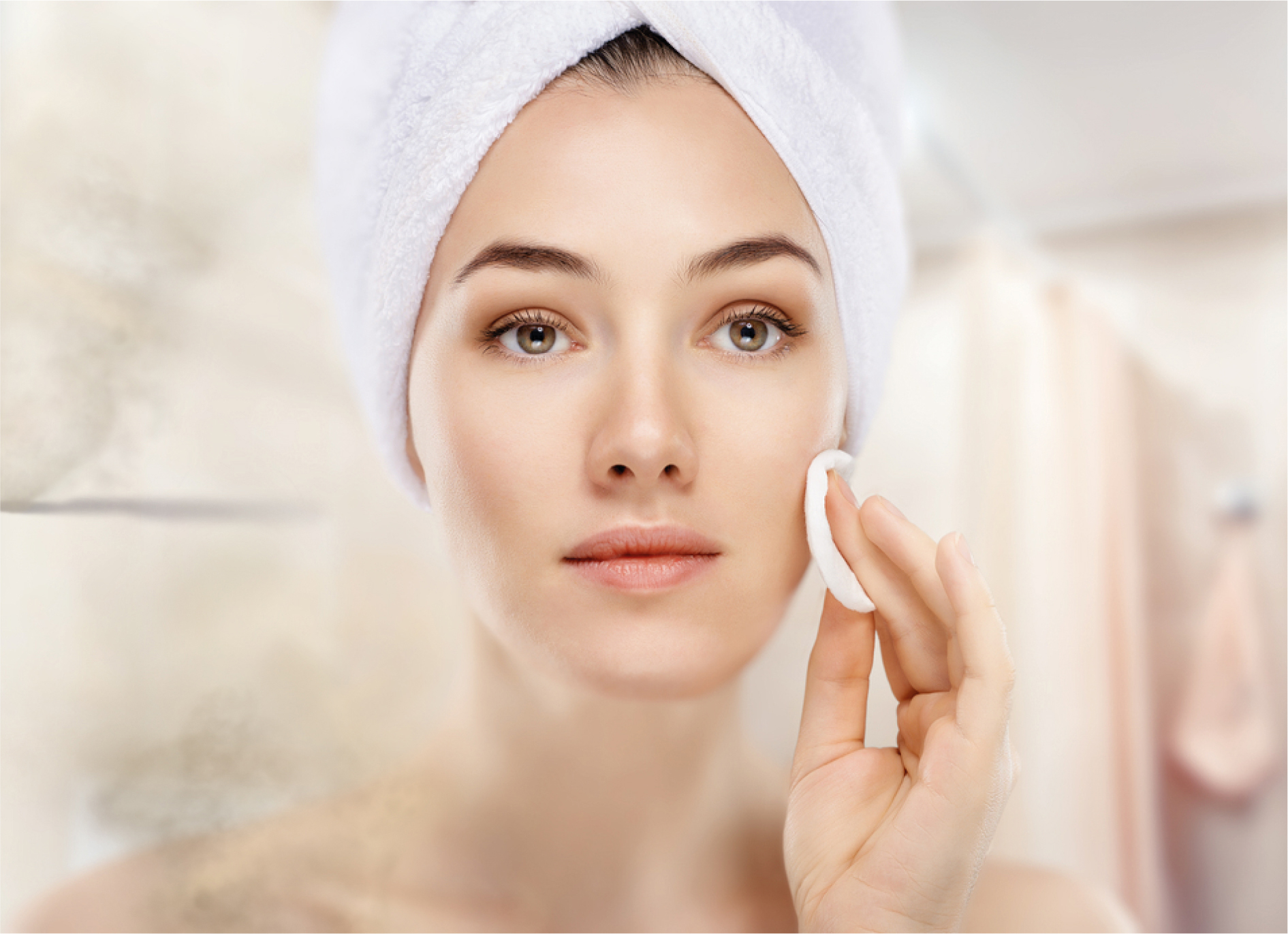Men’s and Women’s Skincare Products: Is there a Difference?
The only product that can be shared between men and women when it comes to their skincare is sunscreen, and even that is a stretch. Clearly men’s and women’s products vary in terms of market segments, but are they really that different? The answer is a clear and resounding yes! Aside from the obvious–– like packaging, branding and fragrance –– the formulas also cater to different skin types, needs and concerns.
What is the difference between men’s and women’s skin?
Men’s skin tends to age more gradually than women’s due to a number of reasons, mostly having to do with hormonal differences in androgens (like testosterone and estrogen):
• Men’s skin in thicker –– 20–30% in fact –– due to higher collagen levels, which makes it more resilient.
• Men have larger pores and more active sebaceous glands, meaning they produce more oil allowing for greater self-moisturizing over the adult years.
• Men have more and larger hair follicles, especially on the face.

How does this affect skincare regimens?
Though men’s skin is theoretically better for aging, less sensitive and can handle stronger ingredients, it is also more susceptible to adult acne, especially since preventative skincare rituals are not part of their everyday routine (more on men’s skincare coming soon). Since their skin secretes more sebum, their products are lighter and less cream-intensive, focusing less on moisturization and more on cleansing and grooming. Women’s skincare also accounts for hormonal changes and, other than being more fragrant, includes more exfoliating, firming and acne-fighting ingredients.
There are many more varieties in products, but the differences have more to do with individual skin type and need. The key take away? Always pay attention to what the product is intended for and what the ingredients are. Consult with one of our skincare consultants for free to determine the products and routine most suitable for you, because your skin is like no other.



